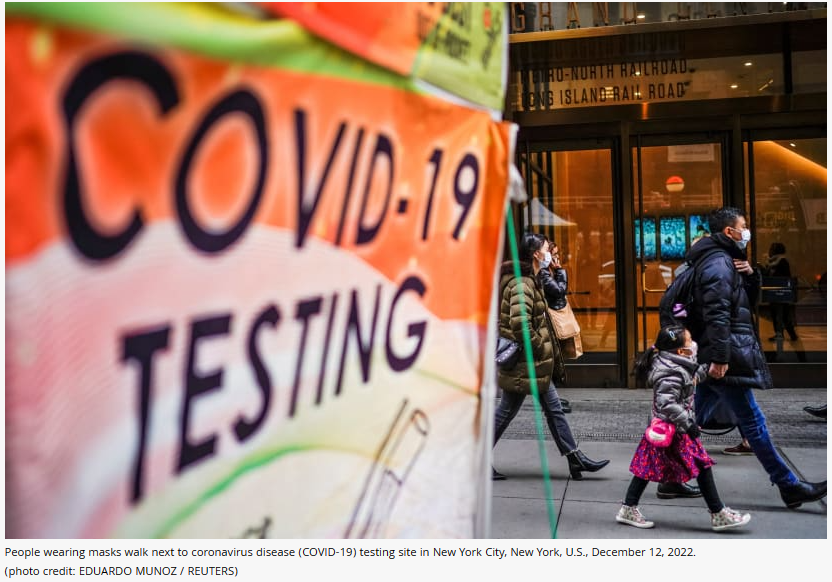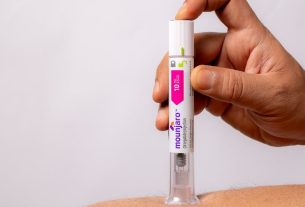COVID-19 caused chaos in almost every aspect of daily life, including consumer and retailer behavior. In Israel, people rushed from store to store to find alcohol gel, masks, and saliva tests. When the pandemic slowed, lots of face masks and alcohol gel containers were left on the shelf.
What did the study find?
In her study, Pan studied the hand-sanitizer market to see what was learned from the 2009-10 swine flu event and to develop lessons for consumers and retailers today. They looked at sales of the alcohol gels in the US over a period of a decade from 2008 to 2017. Weekly statistics were gathered from a database that tracks product prices and sales volumes as well as store characteristics from more than 38,000 stores across more than 90 participating retail chains. The researchers also collected data from the US Centers for Disease Control and Prevention to track seasonal flu epidemics and the swine flu pandemic across the country.
She found that there was a surge in demand for hand sanitizer as the swine flu pandemic was declared – initially causing shortages in alcohol gel, but the industry strategically adapted to the stockpiling behavior, increasing the supply of large pack-size sanitizer products that were in greatest demand.
In framing her study, Pan gathered a decade’s worth of weekly sanitizer sales data. “We didn’t look only at the swine flu pandemic,” Pan insisted. “We needed a natural experiment, so we used the 2008–09 seasonal flu epidemic as the base case, and then we examined sanitizer sales during the 2009-10 swine flu pandemic as well as sales through seven subsequent seasonal flu epidemics.”



